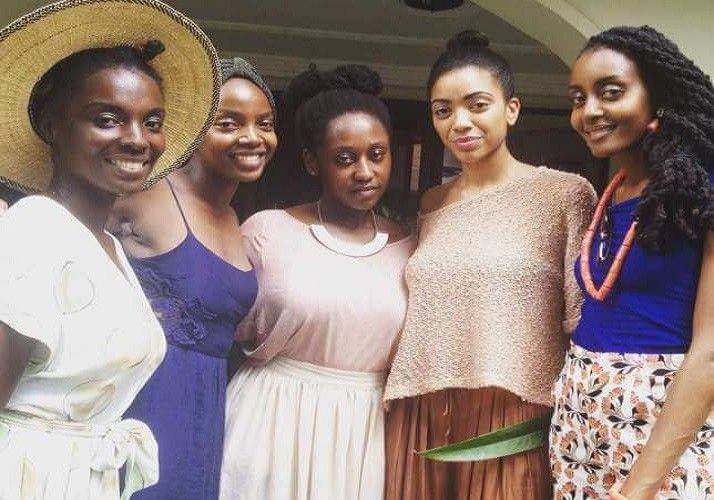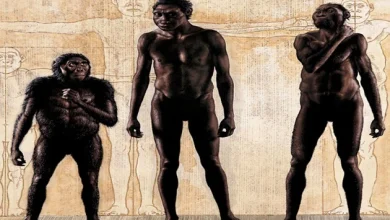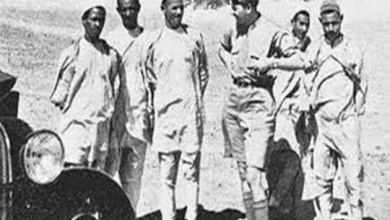Afromexican forgotten for 200 years

The number of Afro-Mexicans in the country is estimated at 450,000, but the actual figure is unknown because the authorities have not made a precise count.
During Mexico’s 200-year war of independence this week, thousands of Afro-Mexicans fought in the rebel army. Two of the most illustrious heroes of the movement, Jose Maria Morelos and Vicente Guerrero, had black ancestry.
But these facts have not been recognized and two centuries later, the Afro-descendant communities live isolated and in conditions of extreme poverty.
The majority of the country’s inhabitants do not know that there are Mexican blacks and even the authorities do not fully know this sector of the population, says Ricardo Bucio, president of the National Council for the Prevention of Discrimination (CONAPRED), an organization government.
“There are no reliable statistics from the government, nor any specific public policy in their favour. The empirical information we have is that they are at a disadvantage,” he says in an interview with BBC Mundo.
Studies by the National Autonomous University of Mexico (UNAM) estimate the population of Africans at around 450,000, and according to the Chamber of Deputies, about half are in a situation of high marginalization.
The Afro-Mexican population comes from slaves taken to New Spain as early as 1580, to replace the 10 million indigenous people who died following a series of unknown epidemics in this area.
Some historians estimate at about 250,000 the number of slaves arrived in the country.
The Africans mixed with the indigenous peoples, which brought to light the afrometisses (afromestizos) who constituted a new social class who lived in freedom, but in difficult conditions.
There were, however, still thousands of slaves, especially on farms in central and southeastern Mexico.
In December 1810, Miguel Hidalgo abolished slavery in the western city of Guadalajara, where there was one of the few human markets operating in Mexico.
Many afromestizos joined Hidalgo’s army, particularly in the south of the country.
But there were also slaves in the opposing forces, because the owners of the haciendas forced them to join the army of the Spanish Viceroy, explains to BBC Mundo the researcher Faustino Aquino, of the National Institute of Anthropology and History.
Their participation in the conquest of independence has been forgotten. “The black heritage has remained hidden, it has almost disappeared,” says Aquino.
Today, two centuries later, Afro-Mexicans usually stand apart.
Their cultural manifestations are a mixture of indigenous traditions with characteristics from Africa.
Things have always been like that, researcher Alejandra Luz Cardenas from the Autonomous University of Guerrero tells BBC.
“The Inquisition said their clothes were reprehensible, and some women were accused of participating in witchcraft only to perform their rituals.”
None were sentenced to death, for a perverse reason: “Slaves cost as much as a house, and nobody wanted to lose so much money,” says Cardenas.
Many slaves escaped from the plantations to seek refuge in the mountainous areas, where they founded communities that still exist, as in Guerrero and Oaxaca, in the south of the country.
And as at the time, their living conditions are often difficult.
Nearly two centuries after the abolition of slavery, afromestizos communities are virtually invisible.
For example, population censuses do not include questions to measure the black population, which results in the absence of reliable statistics and, in turn, leads to negligence on the part of the authorities of Civil society.
“Government programs confine black communities because they seem to have been designed for another population,” says Israel Reyes, coordinator of the Africa AC association.
In addition, according to the president of CONAPRED, the descendants of Africans are a minority that is not used to organizing themselves to take steps to obtain services, which puts them at a disadvantage compared to other ethnic groups such as natives.
In many communities and according to some information, they live in dwellings without a solid floor, no drainage or crammed. But in reality, there is no specific data
While celebrating 200 years of independence from Mexico, Afro-descendant communities have little to celebrate, or they do it in their own way.
In Melchor Muzquiz, Coahuila, in the north of the country, there is a people of Afro-Mexicans who prefer to celebrate the 19th of June rather than the anniversary of the Bicentennial.
This date seems to them more important all the celebration of independence: a 19 June 200 years ago, Black Moscongos, as the name that this community bears, ceased to be slaves and became legally citizens of this country.




